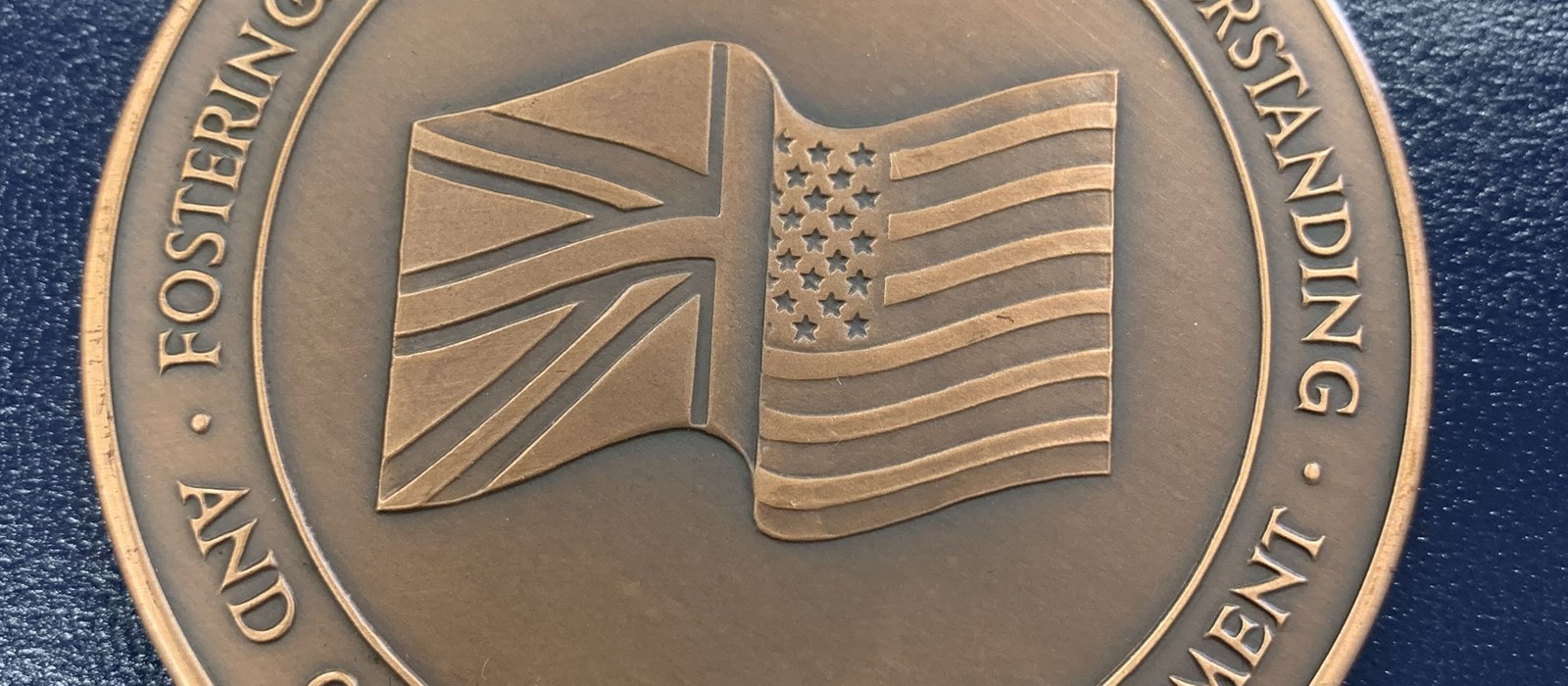
Marshall Medal Winners
The Marshall Medal is awarded to people of outstanding achievement whose contribution to British-American understanding, distinguished role in public life, or creative energy, reflect the legacy of George C Marshall. It is awarded on significant anniversaries of the Scholarship or the Marshall Plan.

Secretary Madeleine Albright
US Secretary of State 1997-2001

Ms Anne Applebaum
1986 Marshall Scholar – Pulitzer Prize Winner and Columnist for The Atlantic

Ambassador Matthew Barzun
US Ambassador to the United Kingdom 2013-2017
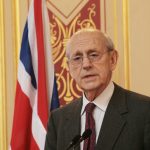
Justice Stephen Breyer
1959 Marshall Scholar – US Supreme Court Justice
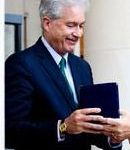
Ambassador Bill Burns
1978 Marshall Scholar – President of the Carnegie Endowment for International Peace

Governor Lisa DeNell Cook
1986 Marshall Scholar – Governor, Federal Reserve

Dr Nancy Cox
1970 Marshall Scholar – Virologist
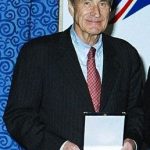
Dr Ray Dolby OBE
1957 Marshall Scholar – Founder of Dolby Laboratories
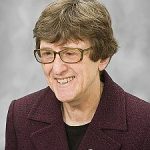
Dr Frances Dow CBE
Chair of the Marshall Commission 2007-2011

Mr Tom Friedman OBE
1975 Marshall Scholar – Pulitzer Prize Winner and NY Times Op-Ed Columnist
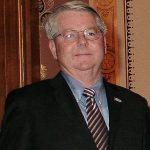
Mr Bob Gray OBE
1971 Marshall Scholar – Former President of the Association of Marshall Scholars
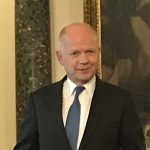
The Rt Hon Lord Hague of Richmond
Foreign Secretary 2010-2014
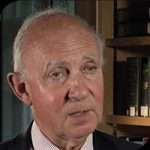
Lord Hannay of Chiswick
Permanent Representative to UN 1990-1995

Mr Reid Hoffman CBE
1990 Marshall Scholar – Partner Greylock
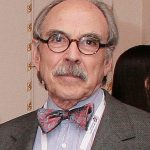
Dr Bill Janeway CBE
1965 Marshall Scholar – Senior Advisor and Managing Director of Warburg Pincus

Professor Nan Keohane
1961 Marshall Scholar – Former President of Wellesley College and Duke University

Mr Christopher Makins
Founder of the Marshall Sherfield Foundation
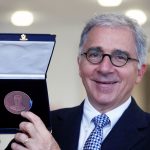
Professor Doug Melton
1975 Marshall Scholar – Co-Director Harvard's Stem Cell Institute

The Rt Hon David Milliband
Foreign Secretary 2007-2010
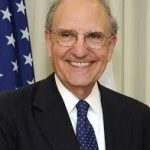
Senator George Mitchell
United States Special Envoy for Northern Ireland 1995-2001
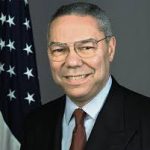
Secretary Collin Powell
US Secretary of State 2001-2005
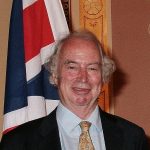
Mr Jonathan Taylor CBE
Chair of the Marshall Commission 2000-2007
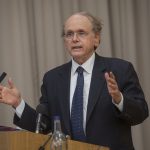
Dr Daniel Yergin
1968 Marshall Scholar – Pulitzer Prize Winner and Vice Chairman of IHS Markit